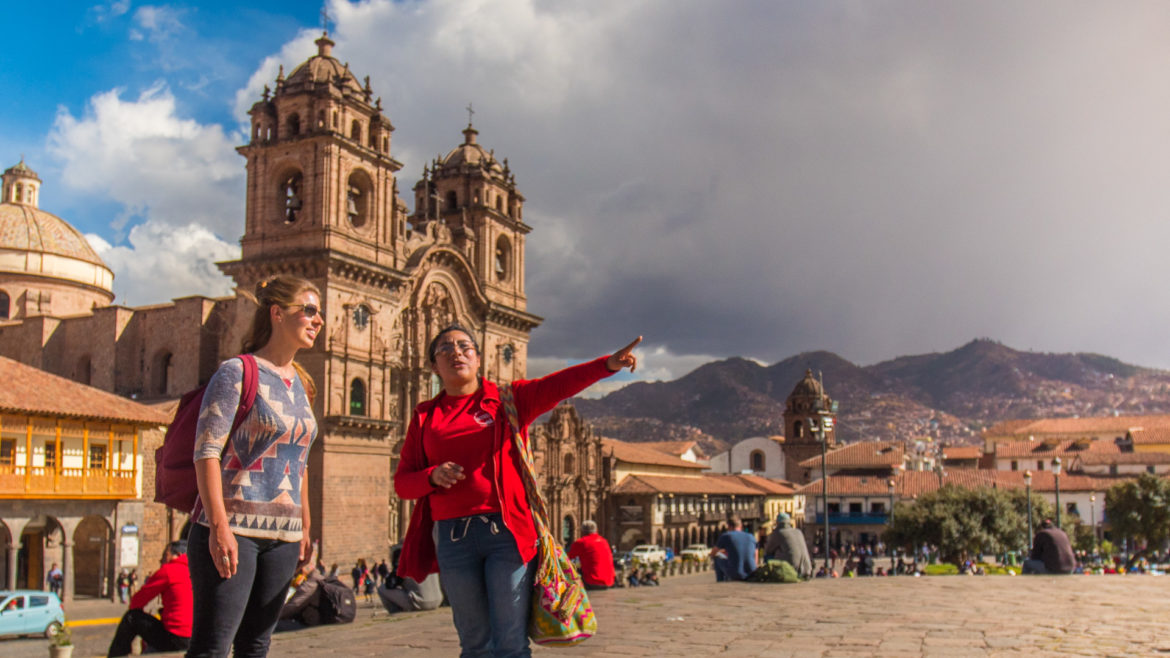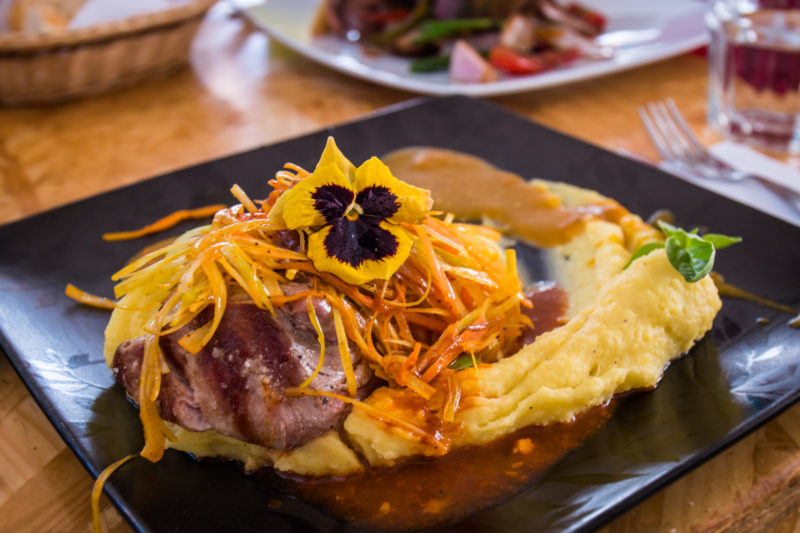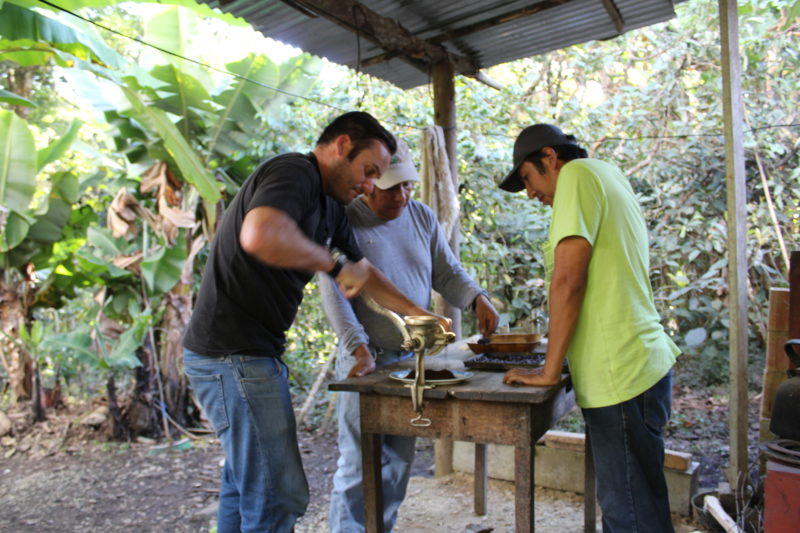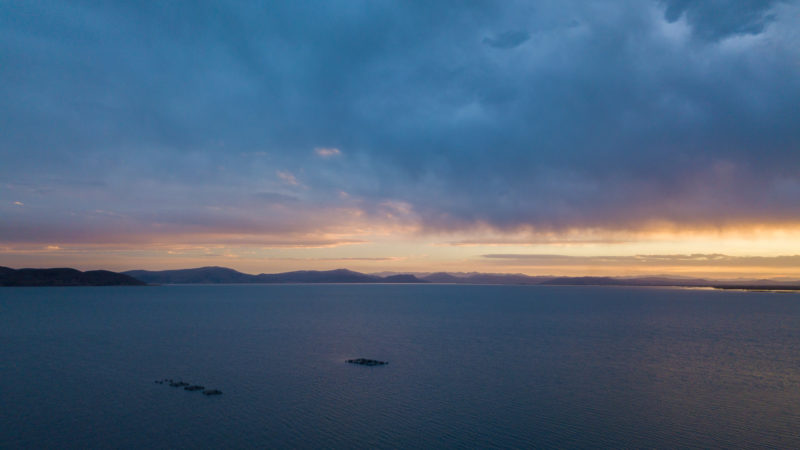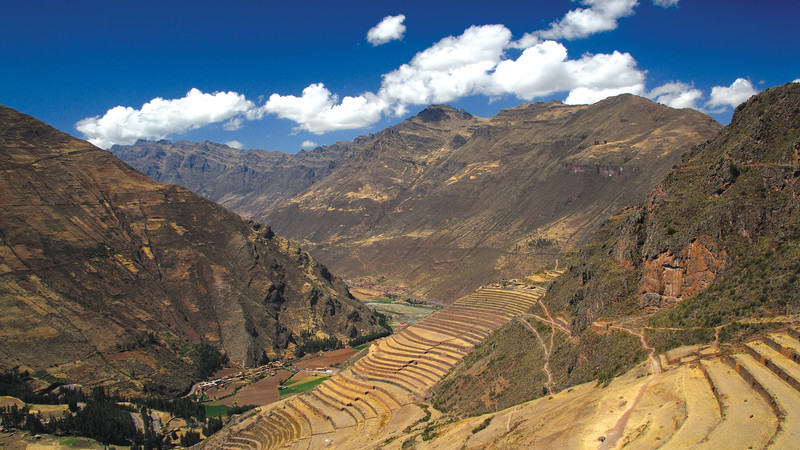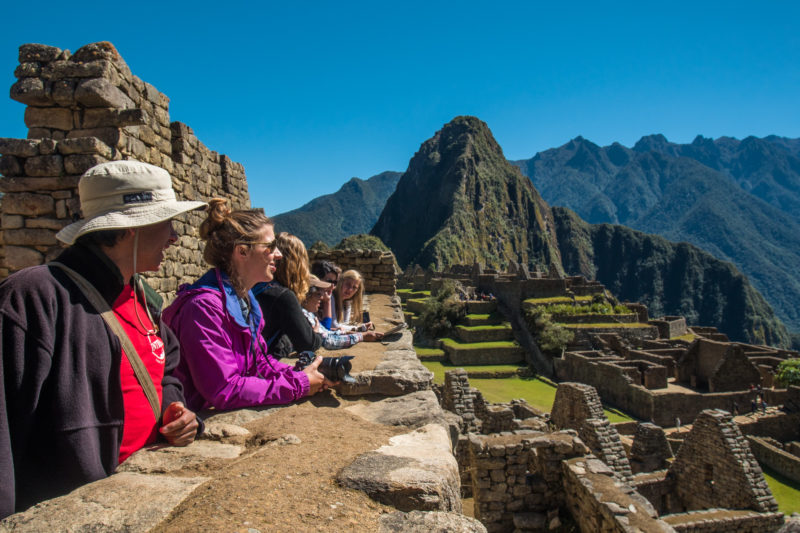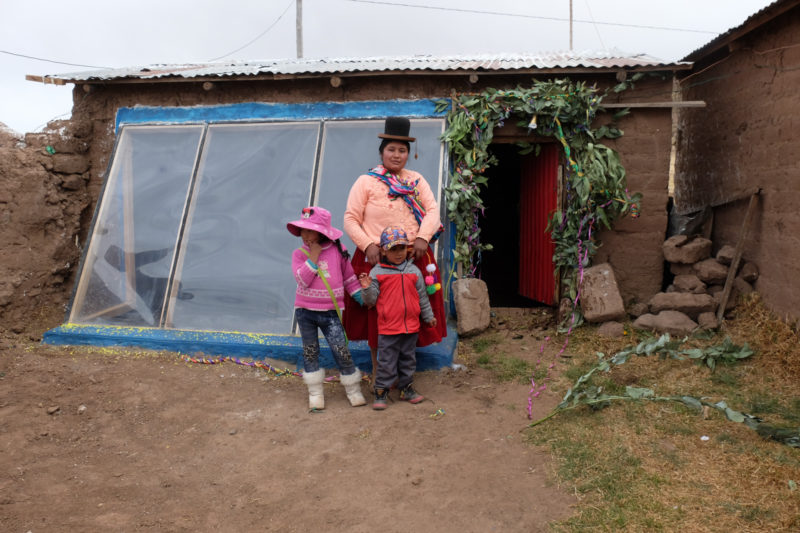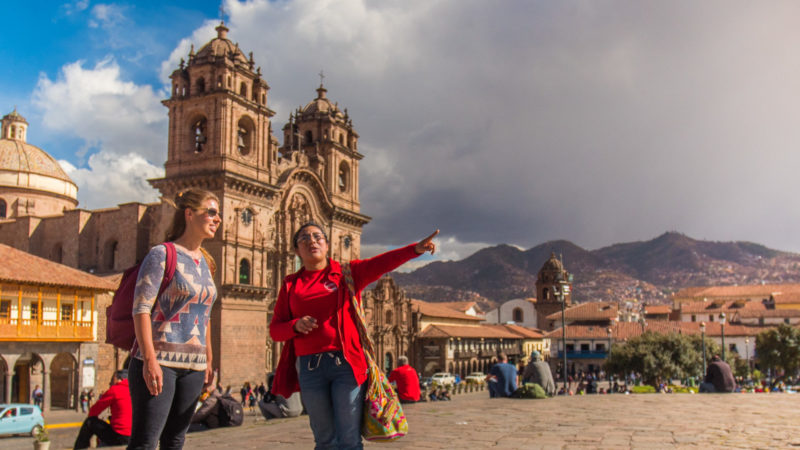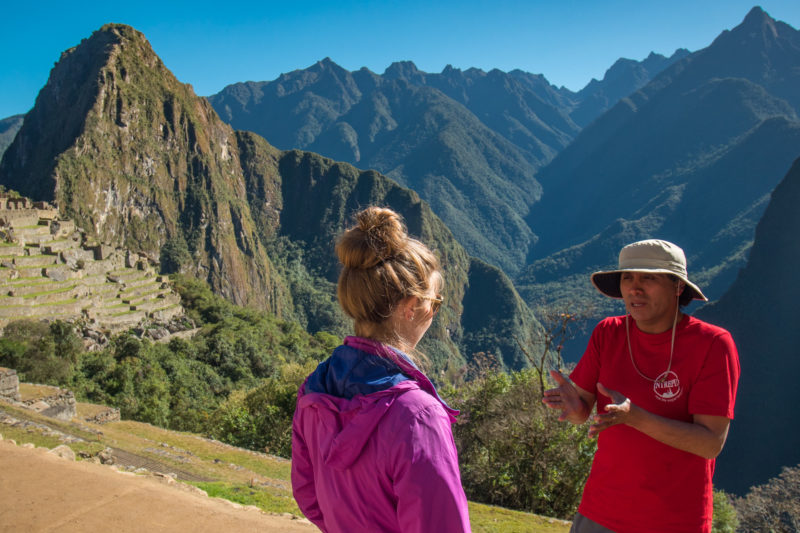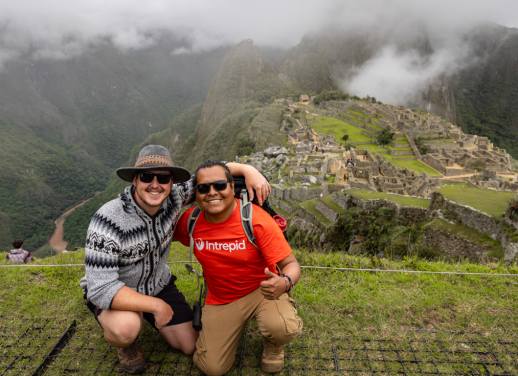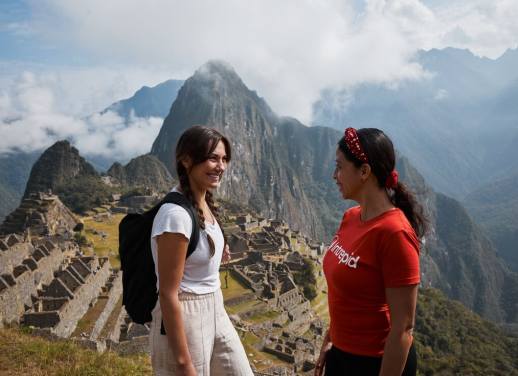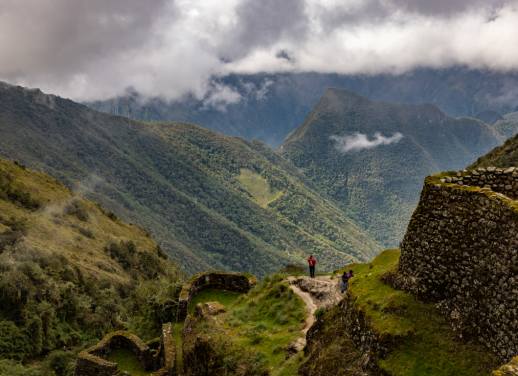We don’t need to sell Peru to you as a destination.
Who doesn’t want to see Machu Picchu in all its dazzling glory? Who doesn’t want to dive into its exceptional cuisine? And then there’s the desert oasis of Huacachina, the unparalleled hiking of the Colca Canyon, the hypnotic wonders of Lake Titicaca…Peru really does have a ton going for it.
But for such a popular place, we bet there’s still a lot you don’t know about it. Enter our Peru facts. Some information that, we hope, proves wacky, interesting and insightful in equal measures.
We won’t leave you in suspense any longer. Here are 10 things you probably didn’t know about Peru:
Three Peruvian restaurants are among the world’s top 50
Lima is one of the world’s best cities for foodies. If you look at the World’s 50 Best Restaurants guide, Peru’s capital has three restaurants in the top 50. Very few cities have more than that.
Particular acclaim goes to Central (No. 4), Maido (No. 13), and Astrid y Gastón (No. 30). Each restaurants shows off different aspects of Peru’s diverse culture and culinary creativity. Compared with many other entries on the list, they also represent a (relative) bargain.
READ MORE: AN ESSENTIAL GUIDE TO SEAFOOD IN LIMA
And although the country’s restaurants are otherworldly (insider tip: head to Miraflores in Peru to sample some of them), nothing beats a good home-cooked meal! We love this local-led foodie day tour that’s run by one of our top Lima guide, Paula, and her super sweet mum.
The above tour is so good we’ve actually included it in our 10-day Real Food Adventure throughout Peru. You’ll learn the secrets of ceviche, make your own pisco sour and even visit a farmstay in Huayopata. Four hours from Cusco, it’s in a stunning setting and and lets you see the production process for coffee and cacao up close. Pretty sweet. Literally.
The (data-certified!) perfect amount of time to spend in Peru is 15 days
We don’t want to get too number-heavy on you, but we think this is pretty interesting. We analysed our travellers’ comprehensive database and discovered that the optimal length of time to spend in Peru is 15 days.
How did we discover this? Well, Peru is Intrepid’s most popular destination in South America, so we looked through the preferences of the many people who have visited with us (thank you!) and discovered that most people opt for our 15-day Sacred Land of the Incas trip. To be honest, we’re not too surprised – the itinerary is pretty great (trekking in the Amazon, visiting Machu Picchu, a homestay in Lake Titicaca and more).
Pushed for time? Don’t worry, you’re not alone. Our second most popular trip is the 8-day Inca Trail trip. If you don’t get much annual leave, or simply have A LOT to get through on your bucket list, this is a great option. As well as time in both Lima and Peru you can hike the Inca Trail, hike the Quarry Trail, or get the train to ever-iconic Machu Picchu.
Craft beer is a booming industry in Peru
Trust us on this one. This is something you don’t want to read about; it’s something you have to discover for yourself. Especially in Lima, but increasingly throughout the country, craft beer is revolutionising the country’s drinking scene.
We don’t want to excite you too much but Lima Beer Week is a thing here. And craft breweries are even popping up in more remote regions, such as the Andean highlands. On our Peruvian food tour we make the most of this by visiting one of the first craft breweries in the Sacred Valley (where you have the option of a tour and tasting). Craft beer enthusiasts, get excited.
Intrepid Travel is the top small group tour operator in Peru, according to The Rainforest Alliance
Apologies in advance for the boast, but we’re pretty proud of this one. The Rainforest Alliance is a non-governmental organisation that has spent the last 30 years working to conserve biodiversity and ensure sustainable livelihoods by transforming land-use practices, business practices and consumer behavior. As a tour operator dedicated to responsible travel, we’re all for this.
So, it’s great to know that they gave Intrepid’s sustainable operations next-to-perfect scores: Environment management: 99%, Sociocultural management: 100%, Business management 100%. This overall performance of 99% means that Intrepid is Rainforest Alliance’s top small group tour operator in Peru.
Why such high scores? Well, you can read everything in more detail here, but two vital reasons are because our porters and tour leaders are locals and because of the social projects our Intrepid Foundation supports (more on that later).
With overtourism becoming an issue in destinations as wide-ranging as Barcelona, Venice and Machu Picchu, sustainable business practices have never been so important.
READ MORE: WHY YOU SHOULD VISIT NORTHERN PERU, HOME TO THE LESSER-KNOWN ‘NEW MACHU PICCHU’
97% of Peru’s rural population still uses wood or dry manure as cooking fuel
Here at Intrepid, we think it’s important to get to grips with a country – minus rose-tinted glasses. This is why we don’t steer clear of destinations that are off-the-beaten-path, and it’s why we have an Intrepid Foundation that supports social projects such as Kusimayo. Kusimayo improves the living conditions of people affected by poverty and malnutrition in one of Peru’s poorest regions: the high plains of Puno.
97% of Peru’s rural population, including here in Puno, still use wood or dry manure as cooking fuel, which makes the kitchen or their (often one-room) dwelling a fairly unpleasant place to be. Even worse, the polluting fumes from this fuel and from not having a chimney, result in a high rate of lung disease.
This is why Kusimayo renovates houses to provide non-polluting kitchens, as well as solar heating and insulation. The project uses an innovative insulation technique, and also distributes warm clothing to locals, because the cold really can be deadly.
Peru’s traditional hat indicates a person’s marital status
In Peru, the traditional wool hat with earflaps (the ‘chullo’) can say a lot about whoever is wearing it. This is certainly not always the case, but some sources report that in Taquile, an island near the city of Puno, hat style indicates whether a person is single, married or widowed.
Keen to know more? Well, married men on the island tend to wear red patterned hats. Single men wear red hats with a white top. And another fun fact for you: when a man wants to marry a woman here, he must prove his worth by drinking water out of his knitted hat. (If the hat is knitted tightly enough that the water doesn’t trip, he’s classed a success!)
The 2,000 or so residents of this island divide the craftwork between them. Women weave; men tend to knit. The textiles they create are so renowned they’re even protected as a UNESCO world heritage subject. No wonder boys start learning the trade age eight.
RELATED: 5 AMAZING PERUVIAN EXPERIENCES THAT AREN’T MACHU PICCHU
It’s unlikely you’ll suffer from altitude sickness at Machu Picchu
Now here’s something that might surprise you. Although all the iconic Machu Picchu shots feature it surrounded by dizzying clouds, the site actually sits as a relatively low altitude (2,430 metres). Altitude sickness, therefore, tends to be less of a risk than you’d expect.
On the other hand, be aware of Cusco, which at 3400 metres, can present a little more of a problem. Not an insurmountable one; symptoms are usually felt within 12 – 24 hours of arrival and tend to subside within three days. Talk to your doctor before you visit and try spend a non-taxing day or so acclimatizing before your tour begins.
Guinea pig is a delicacy in Peru
You might know them as pets, but Peruvian know them as a tasty meal. Yes, ‘cuy’ is one of Peru’s most famous dishes and it’s guinea pig that’s cooked whole and eaten with your hands. The mammal has been a staple of Peru’s Andean diet for around 5,000 years and, to be honest, tastes pretty much like chicken or rabbit.
Cooked and then doused in salt and garlic to make the skin more crispy, it’s a pretty common meal for one. There are even restaurants specialising in guinea pig in the regions around Arequipa and Cusco. You can even get guinea pig pizza in Cusco!
RELATED: OUR GUIDE TO PERU’S TASTIEST STREET FOOD
Intrepid has 60 leaders solely in Peru!
As we mentioned earlier, Peru is Intrepid’s most popular destination in South America. This requires a pretty large group of local Peruvians to tour visitors around their country – 60 leaders, in fact, plus around 40 trek guides. For South America as a whole, we have over 100 trip leaders.
They’re all wonderful, but one story that sounds out is that of Renaldi Chacca, known as ‘Rolo’ by his friends. He’s worked in the travel industry for 16 years, starting out as a porter on the Inca Trail. He then worked his way up from assistant cook to head cook to assistant guide to head guide to, eventually, tour leader. The only one of his seven siblings to hold professional employment, he’s a great example of how tourism done right can empower locals.
Oh, and he’s completed the Inca Trail 600 times. Talk about expertise. And fitness goals…
CHECK OUT INTREPID’S RANGE OF TOURS THAT VISIT MACHU PICCHU
Peru is home to the world’s highest navigable lake
You may have heard of the (beautiful) Lake Titicaca. But did you know that this wonder, located on the border of Peru and Bolivia, is the world’s highest commercially navigable lake? It lies in the Altiplano at a height of 3,810 m (12,500 ft) above sea level.
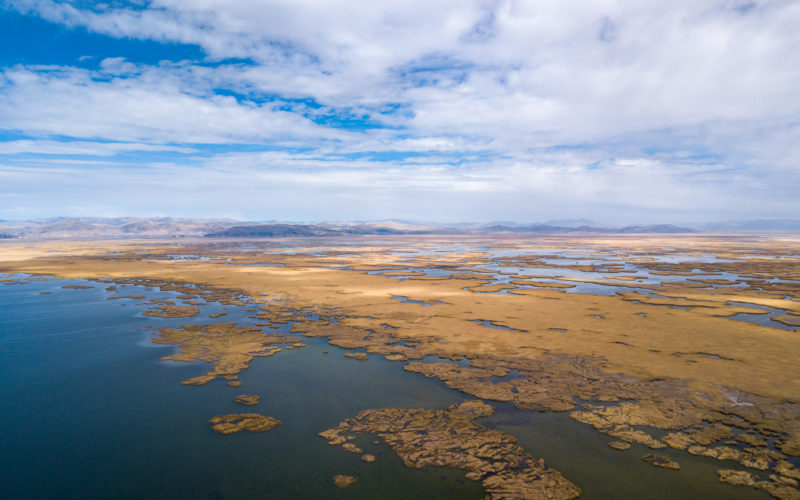 This freshwater lake is home to the Uros, an indigenous community who make their living from fishing and from selling their reed handicrafts to tourists. If you visit, you’ll see an archipelago of over 40 floating islands made entirely from totora reeds. These reeds are used by the Uros to make their homes, furniture and boats.
This freshwater lake is home to the Uros, an indigenous community who make their living from fishing and from selling their reed handicrafts to tourists. If you visit, you’ll see an archipelago of over 40 floating islands made entirely from totora reeds. These reeds are used by the Uros to make their homes, furniture and boats.
If you visit the region with Intrepid, you spend the night at a homestay. There’ll be awe-inspiring scenery and unforgettable moments in abundance. Which is basically Peru in a nutshell.
Yep, a trip to Peru is something you won’t forget. Check out Intrepid’s range of small group adventures there.
—
(All images c/o Intrepid Travel)

